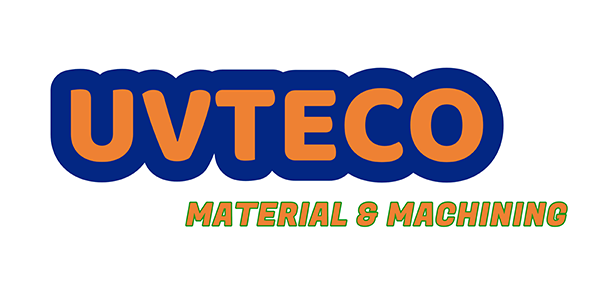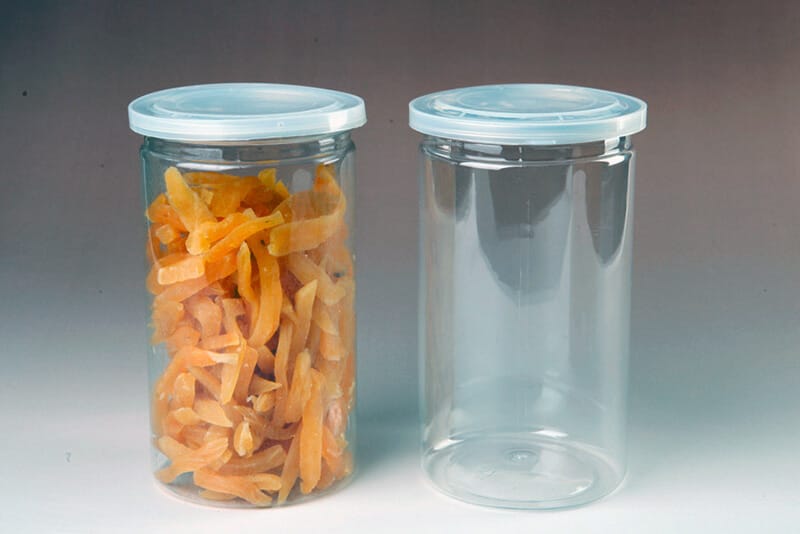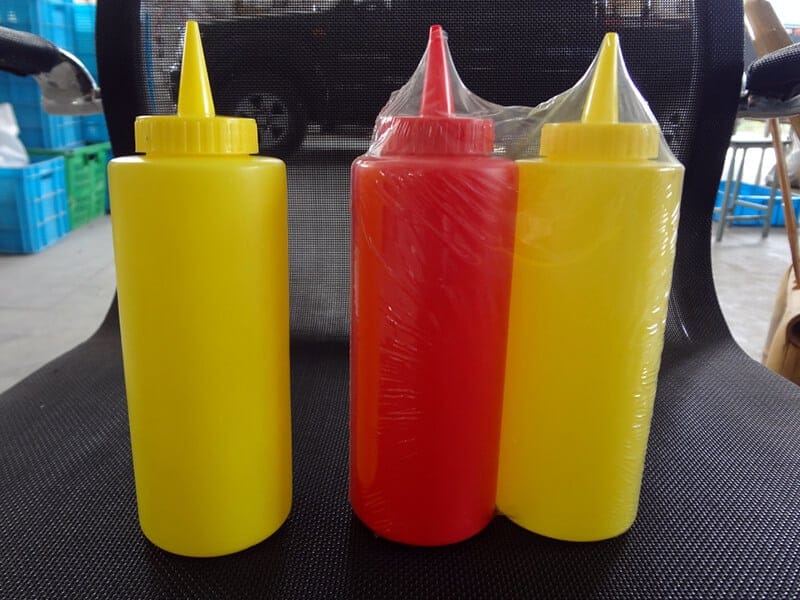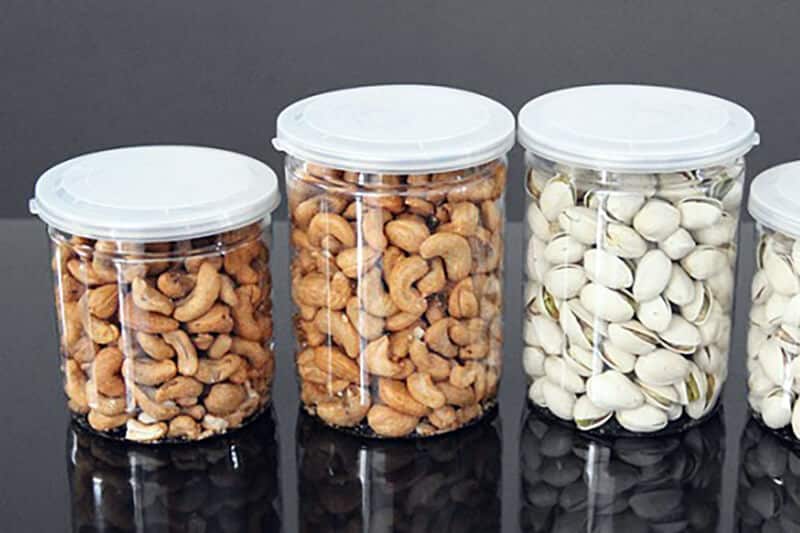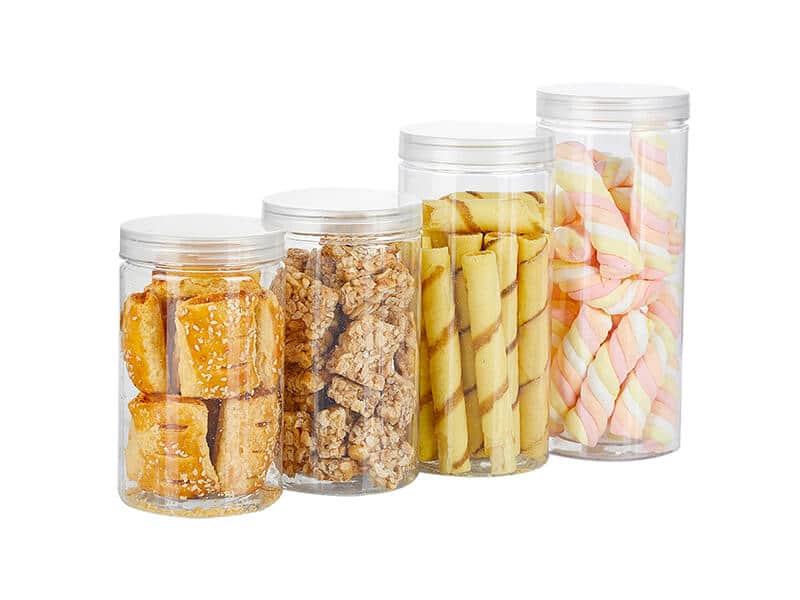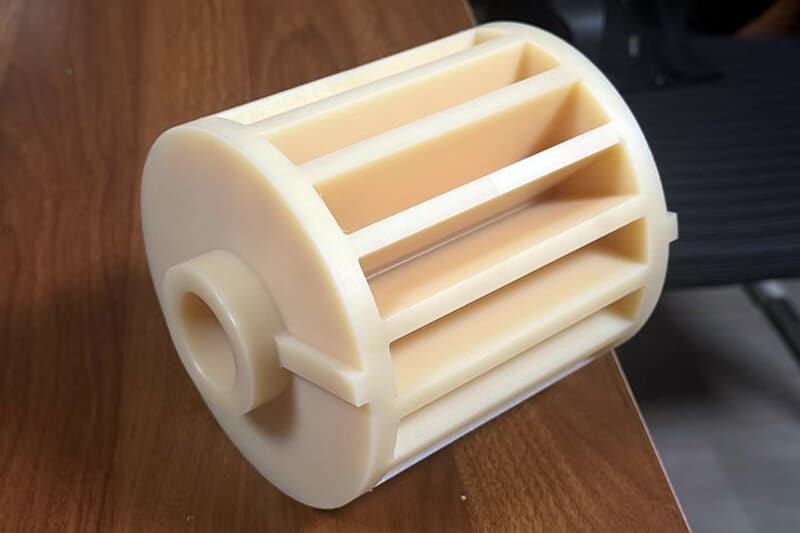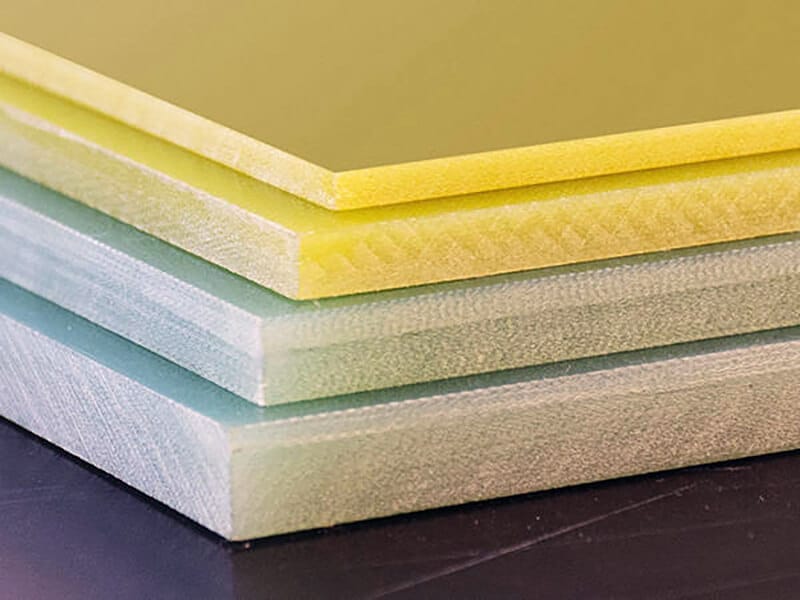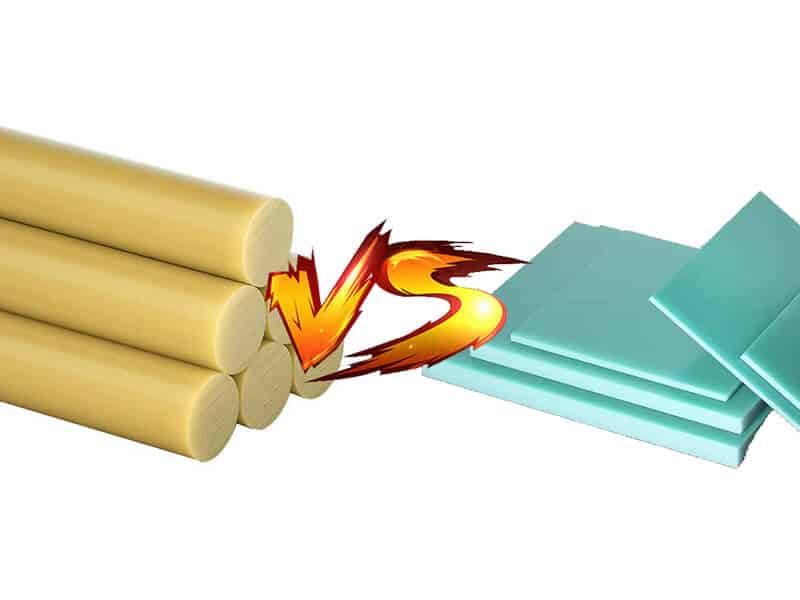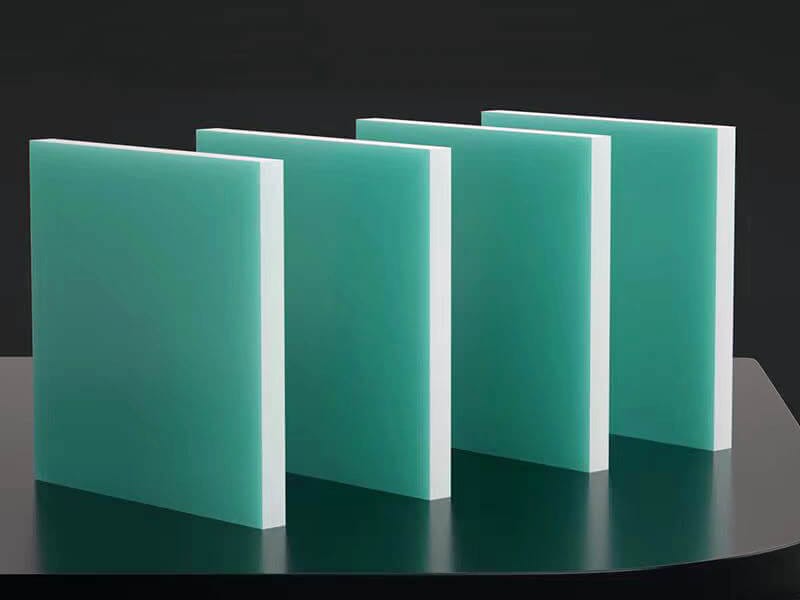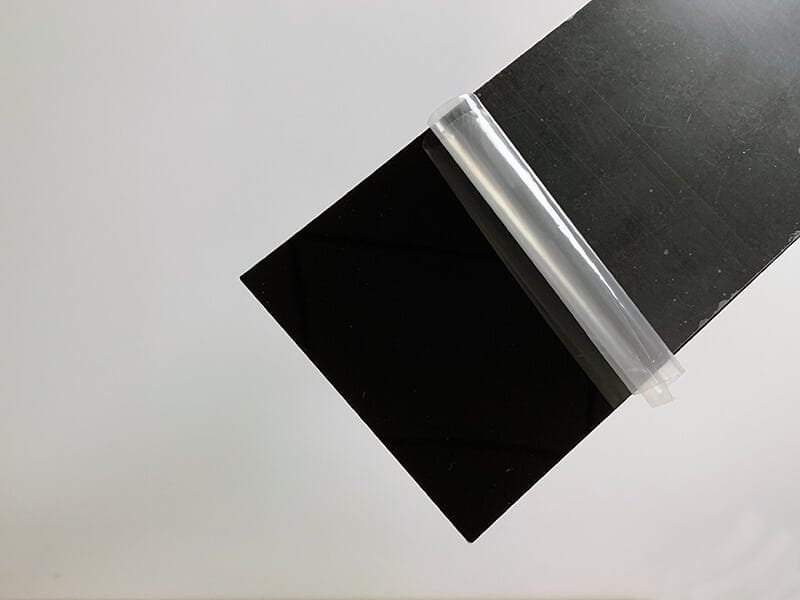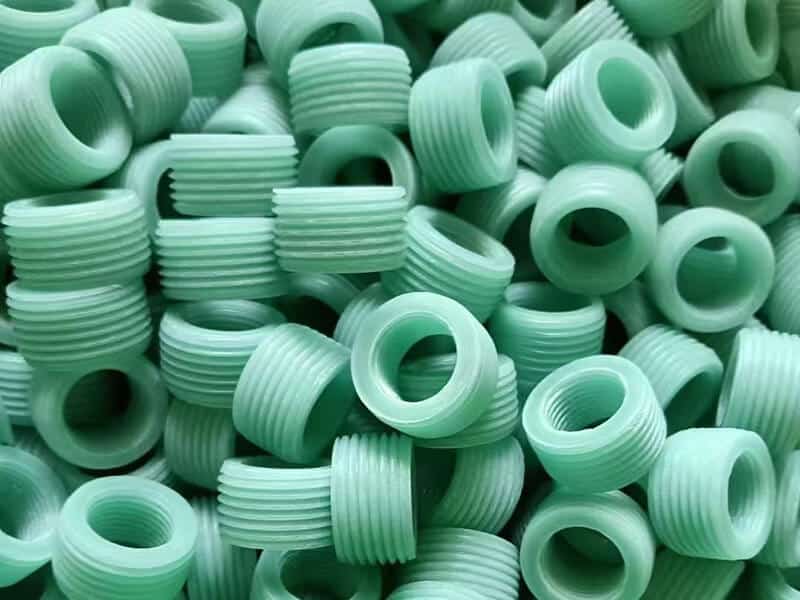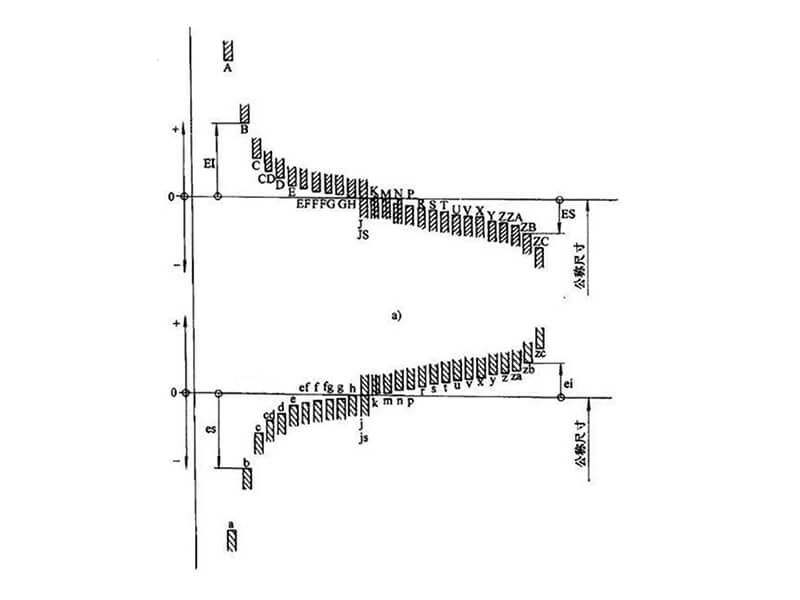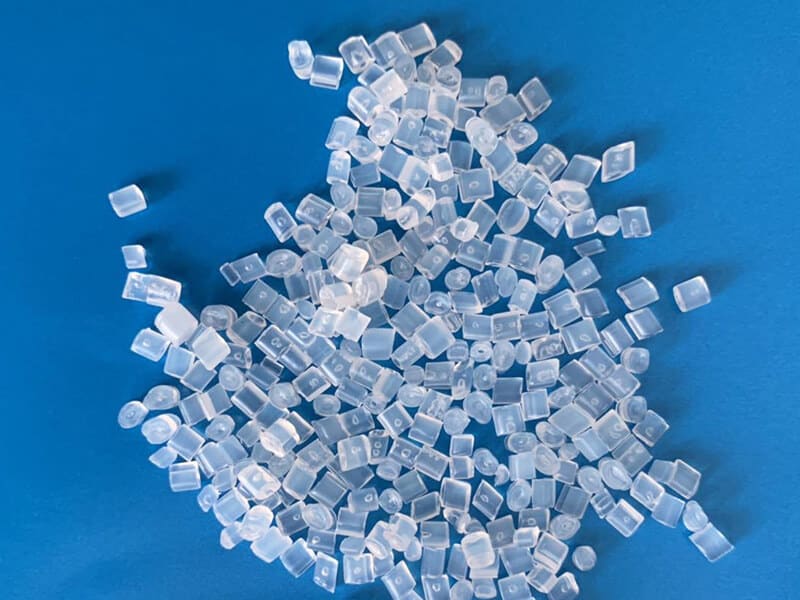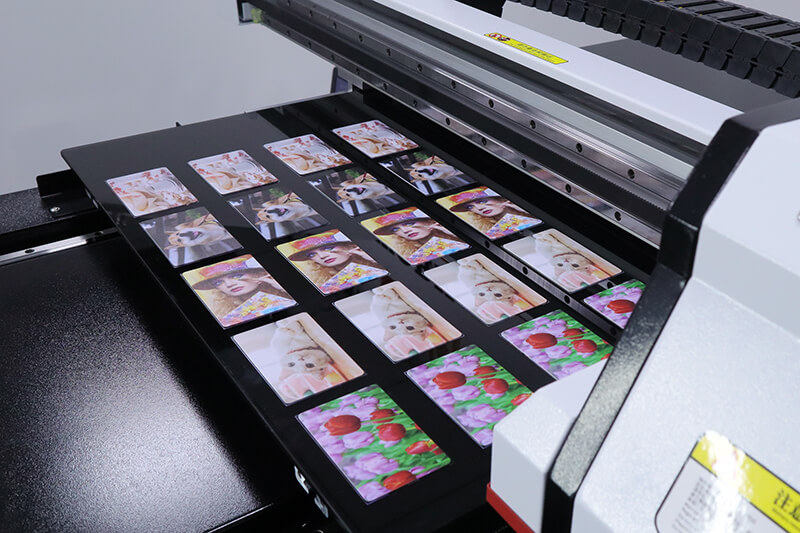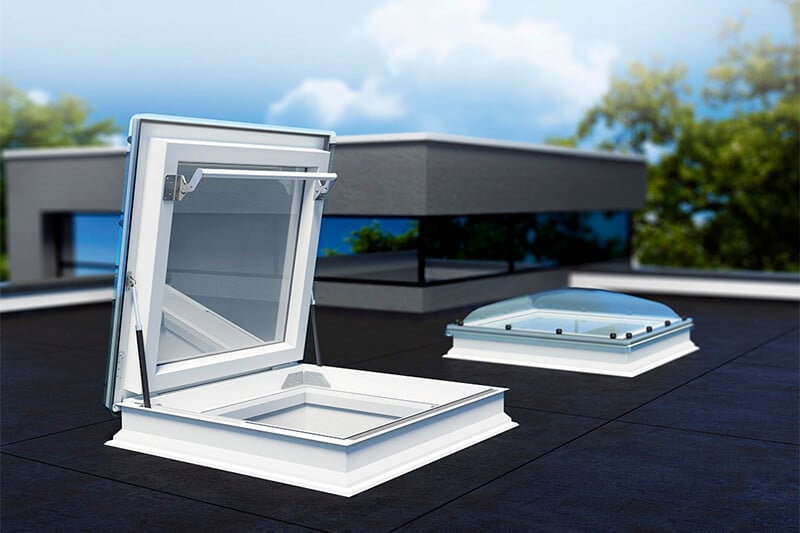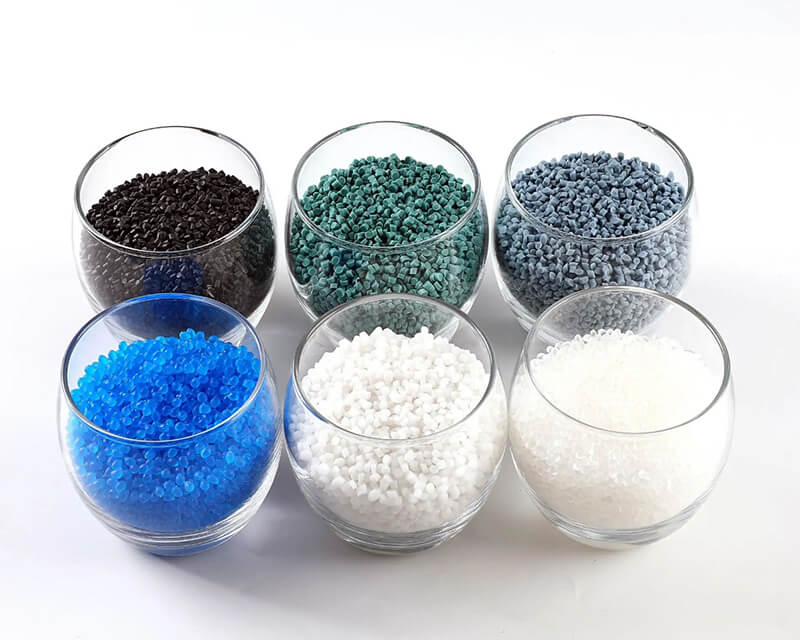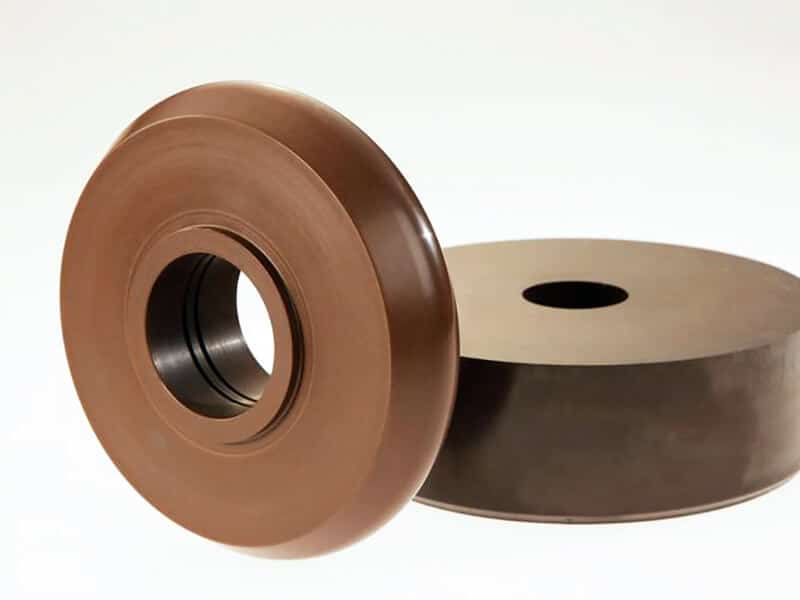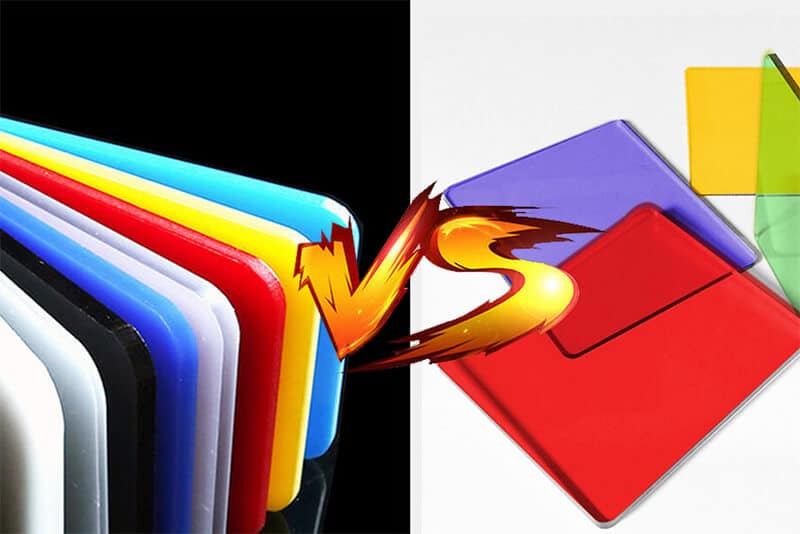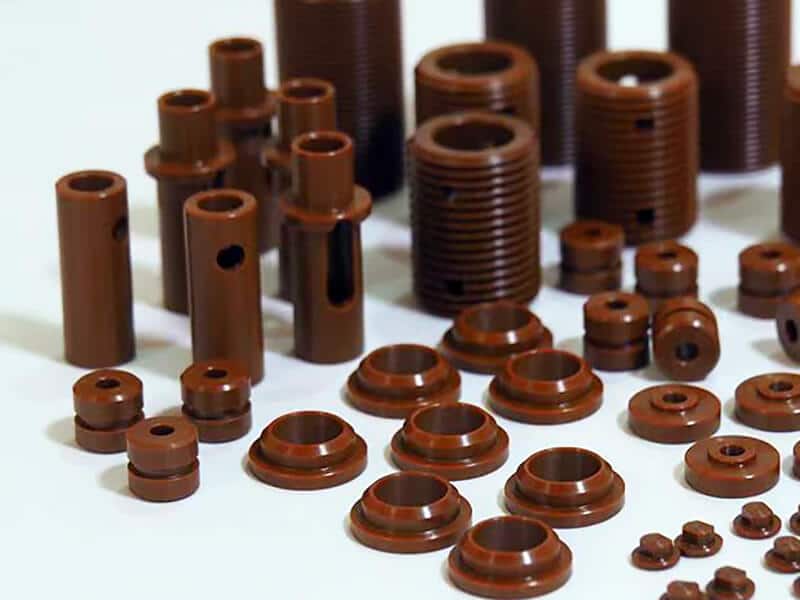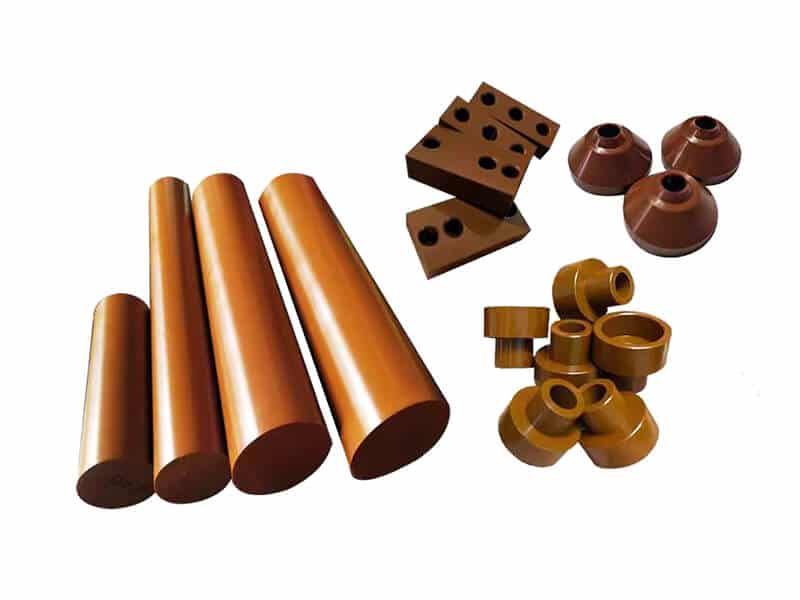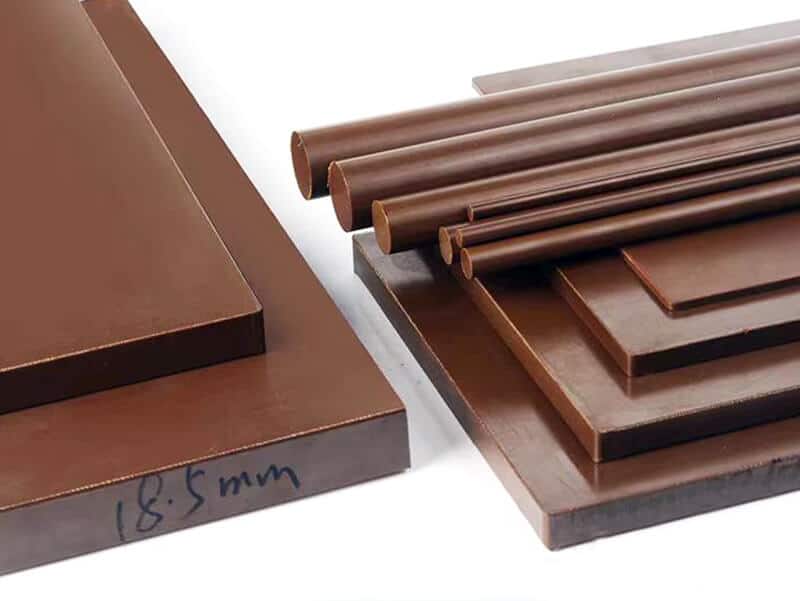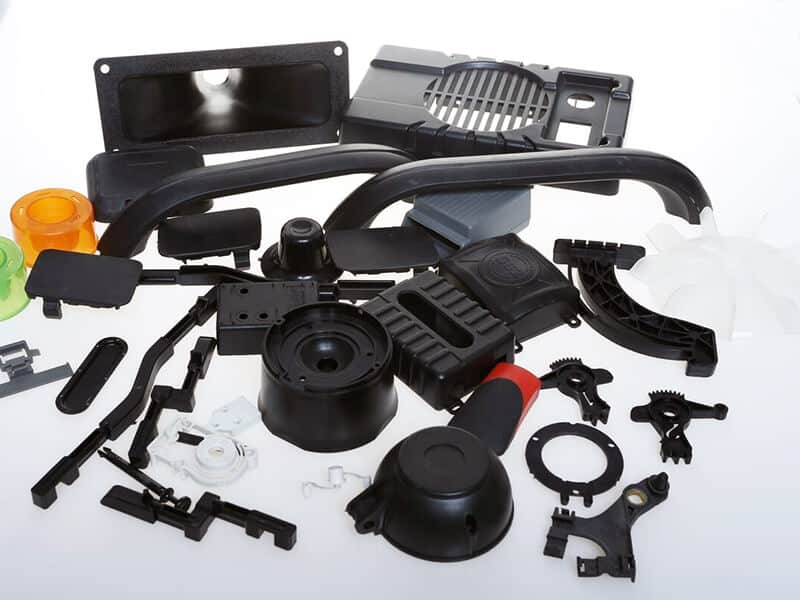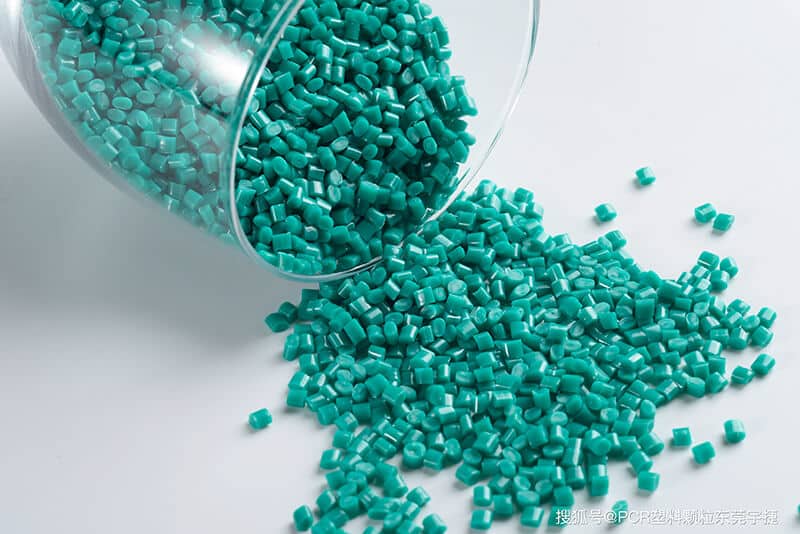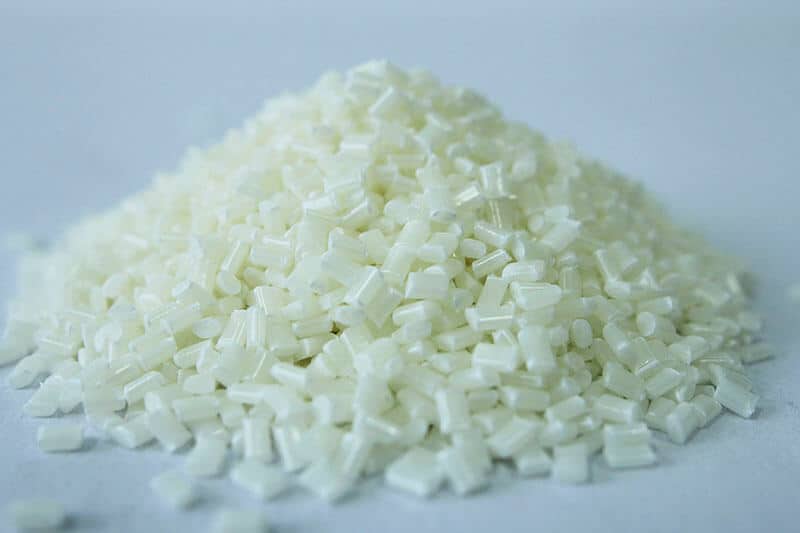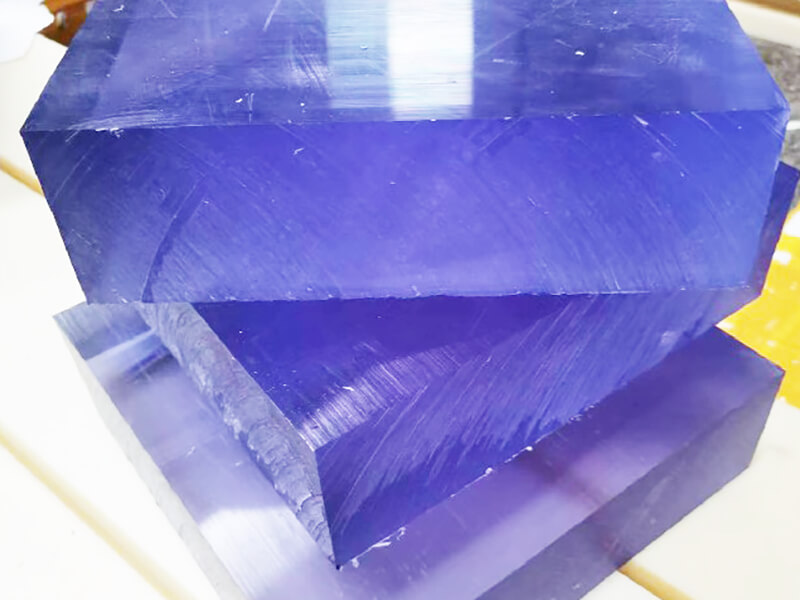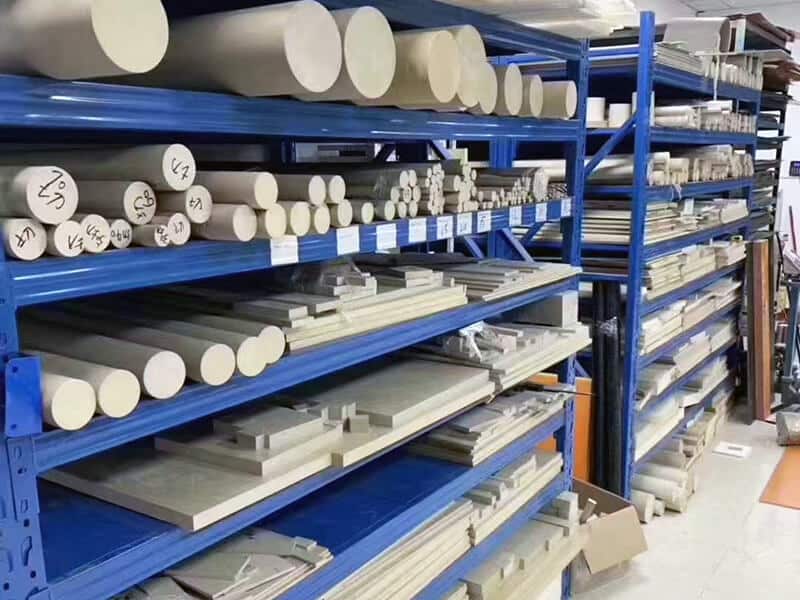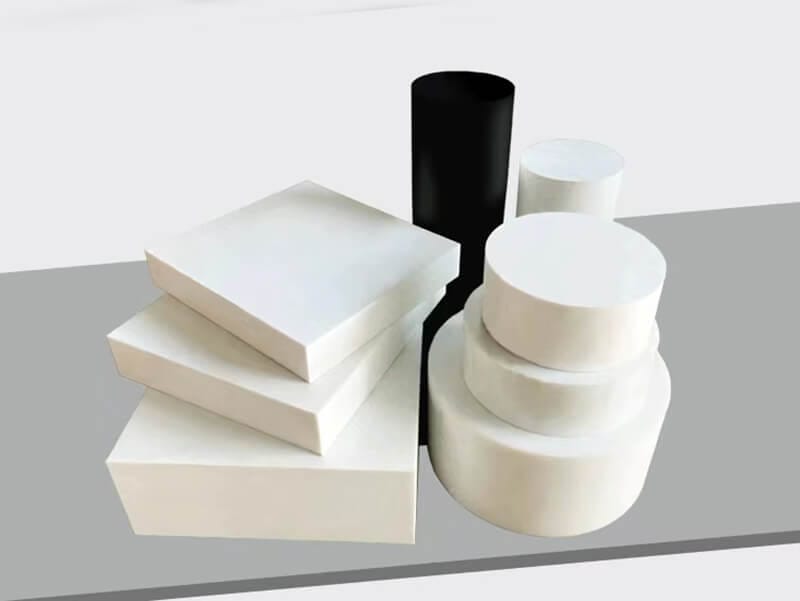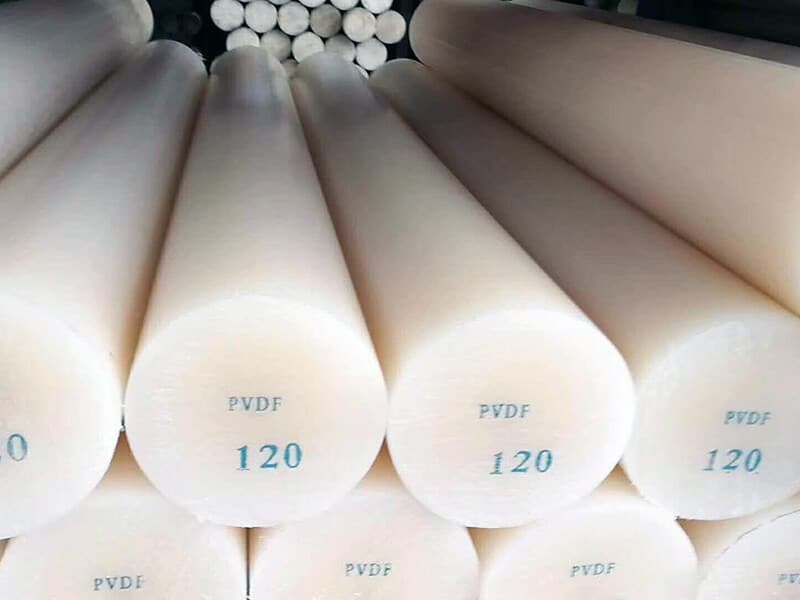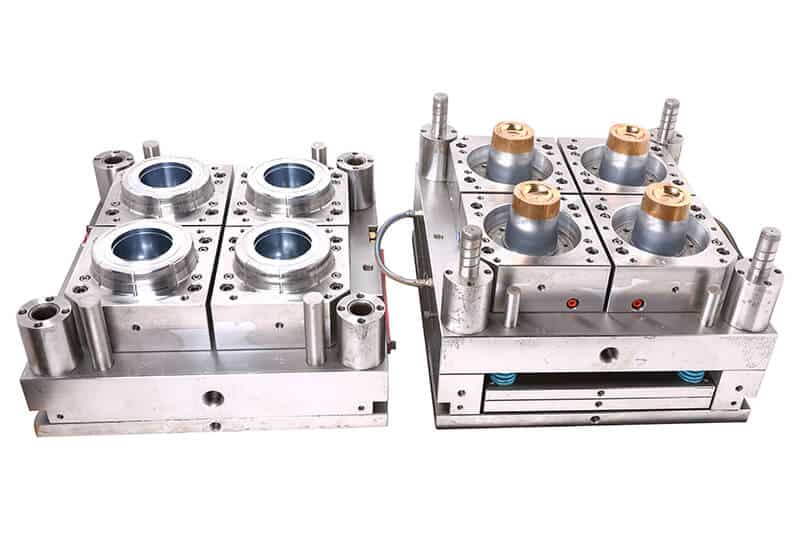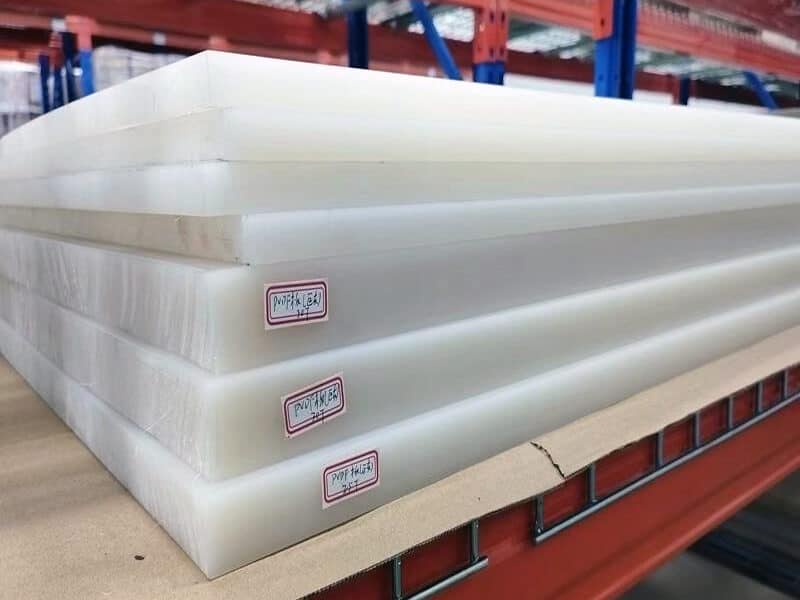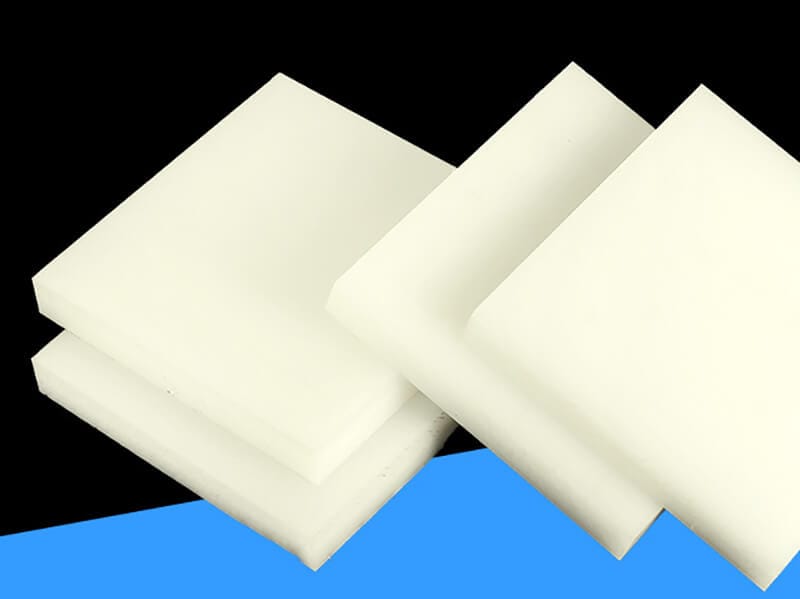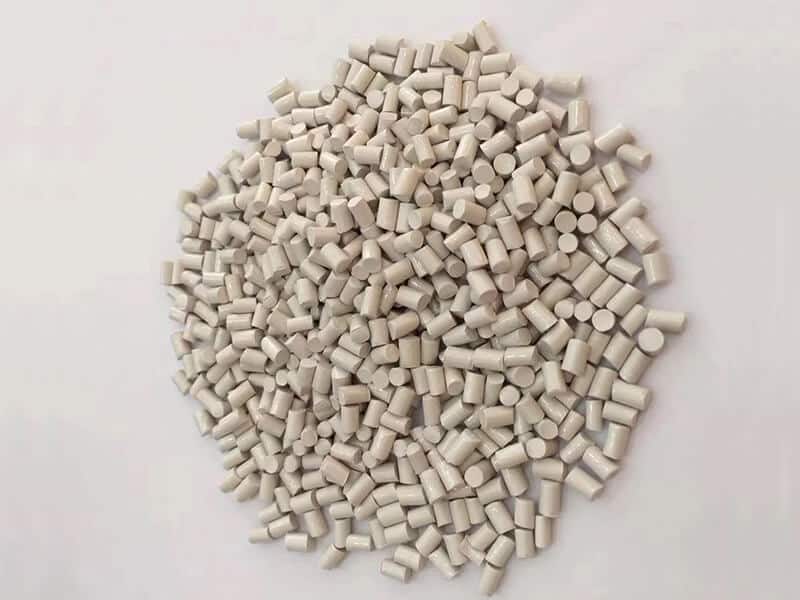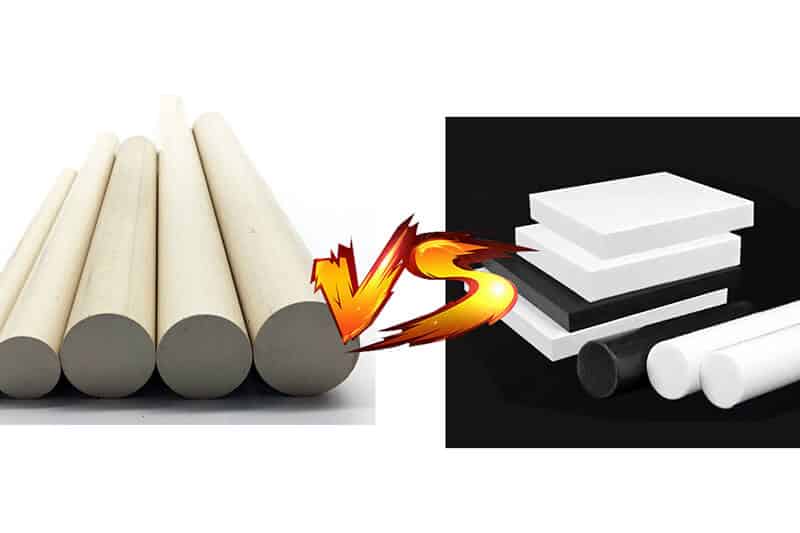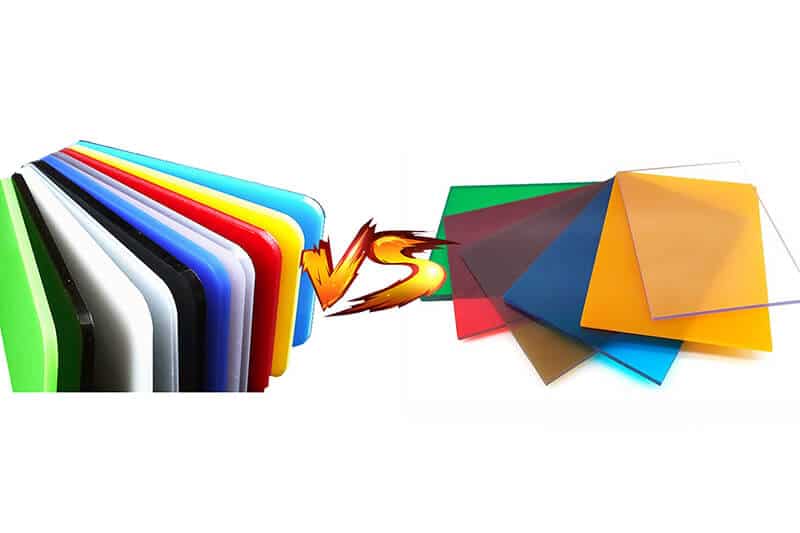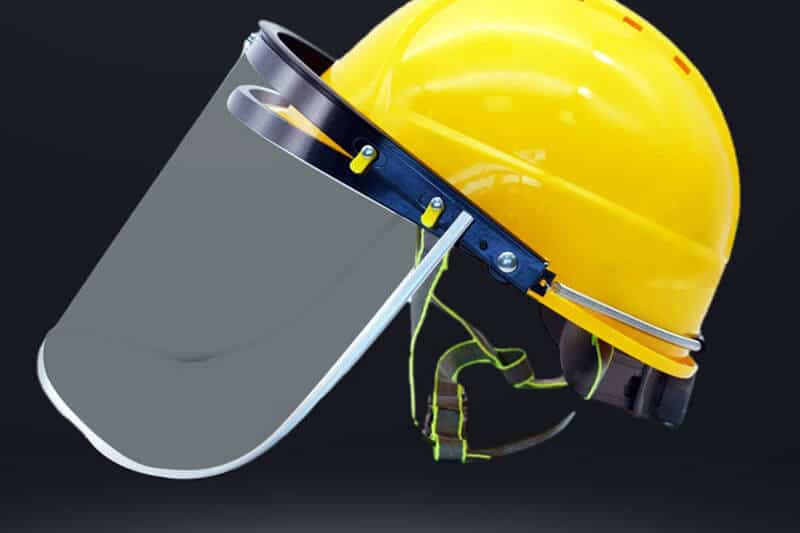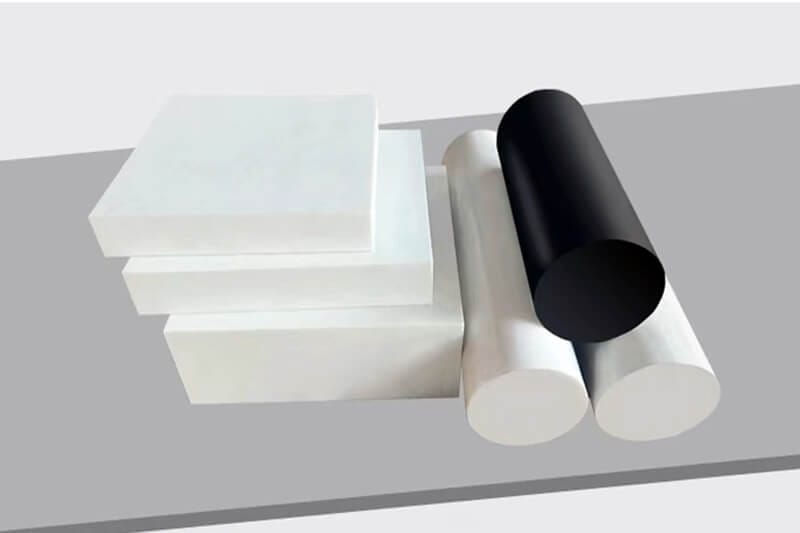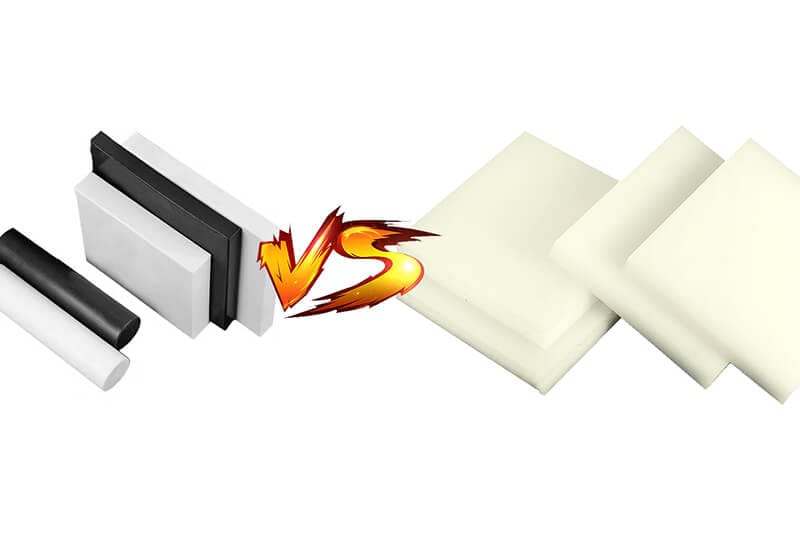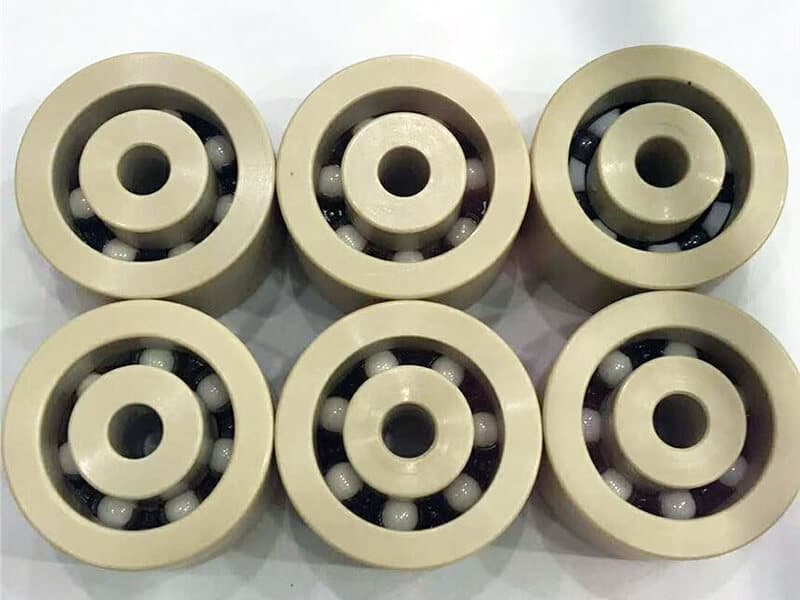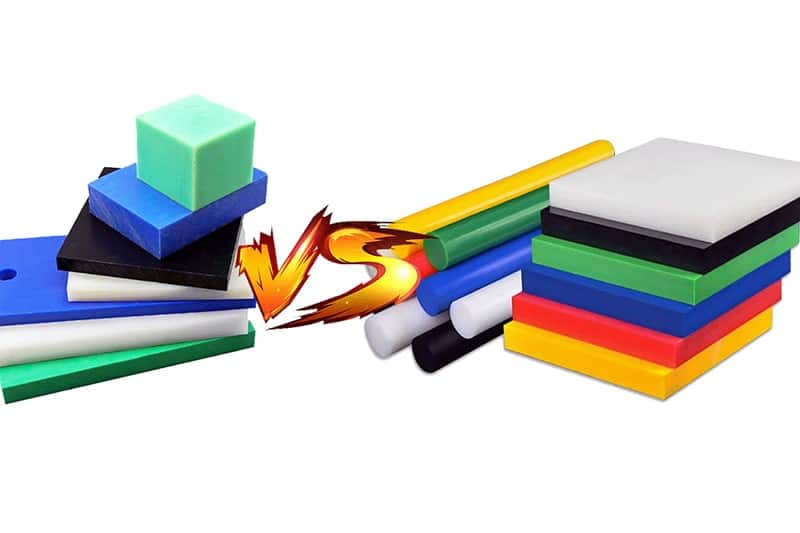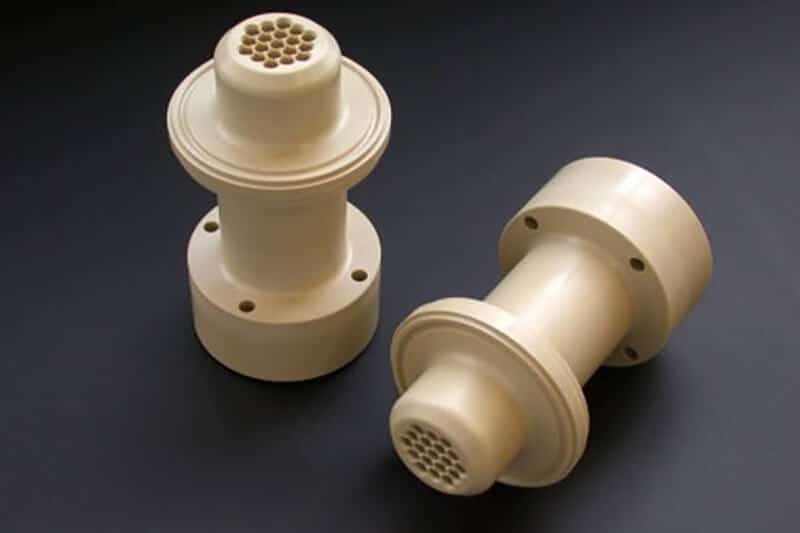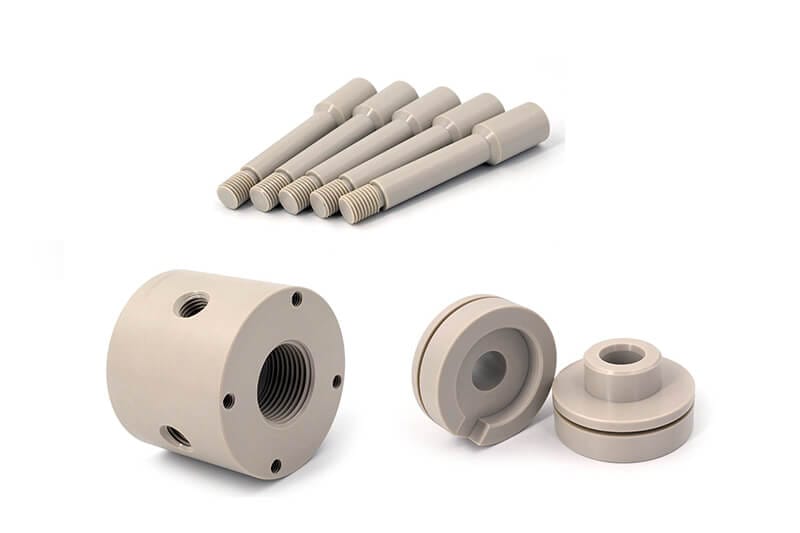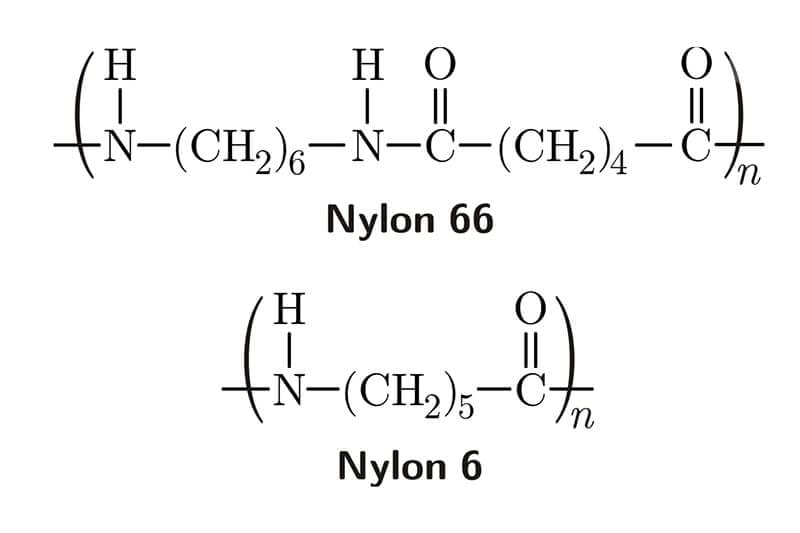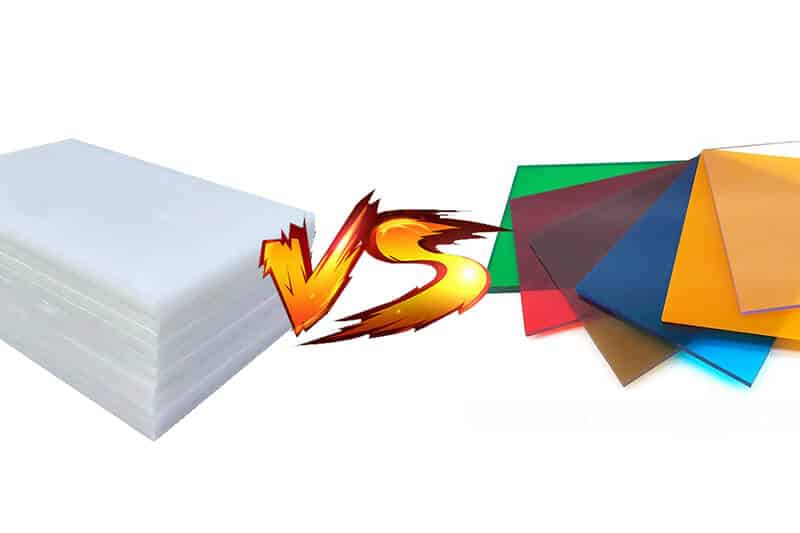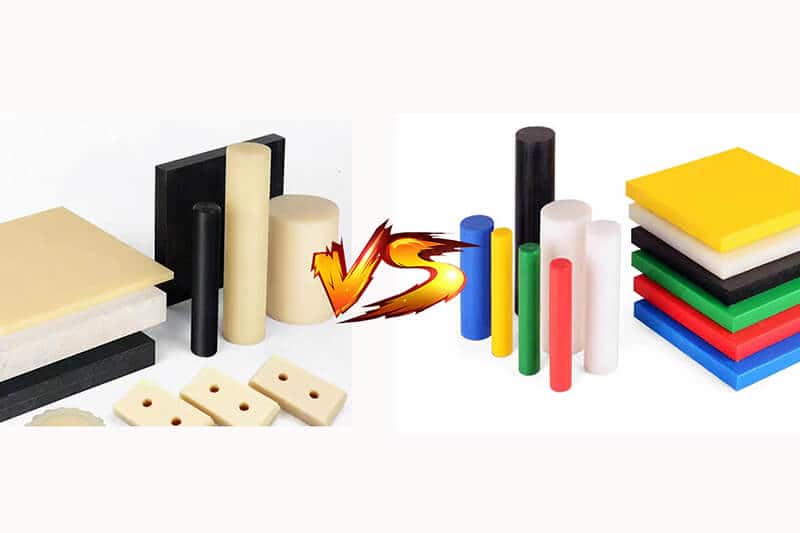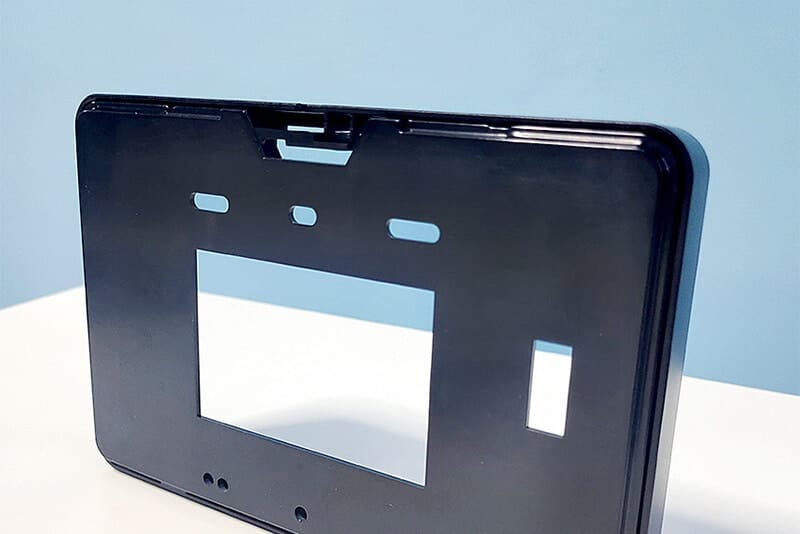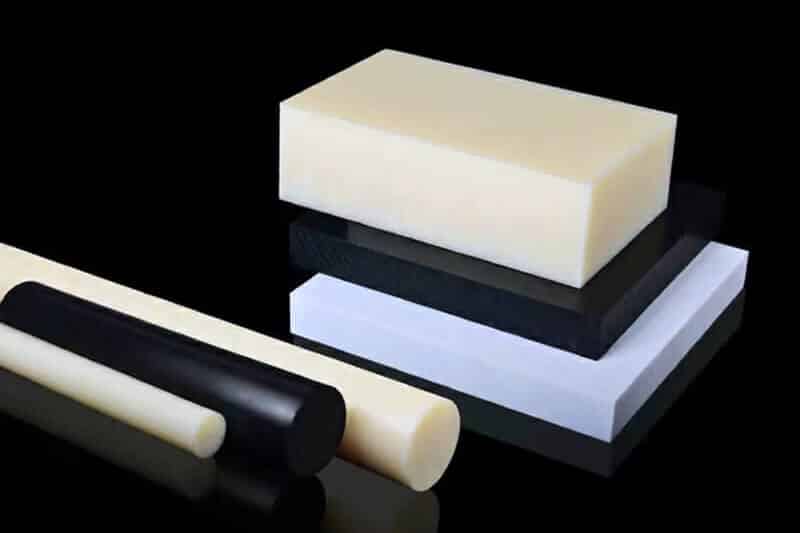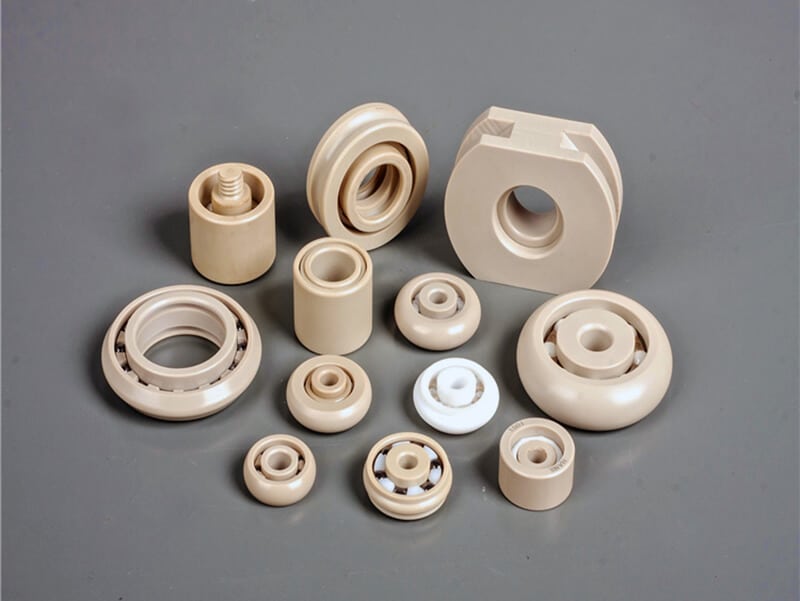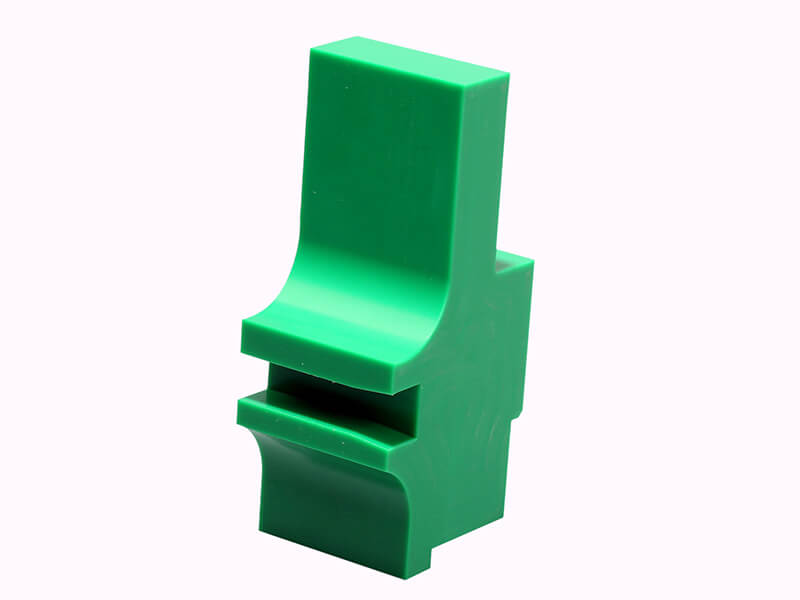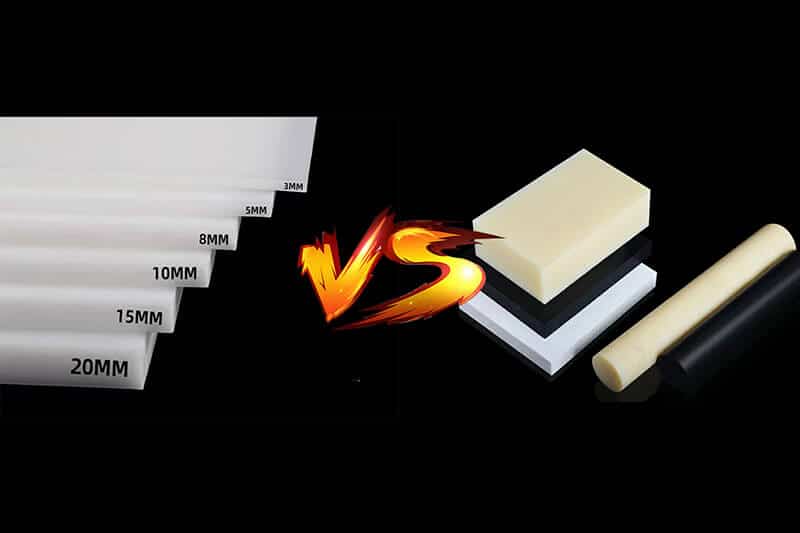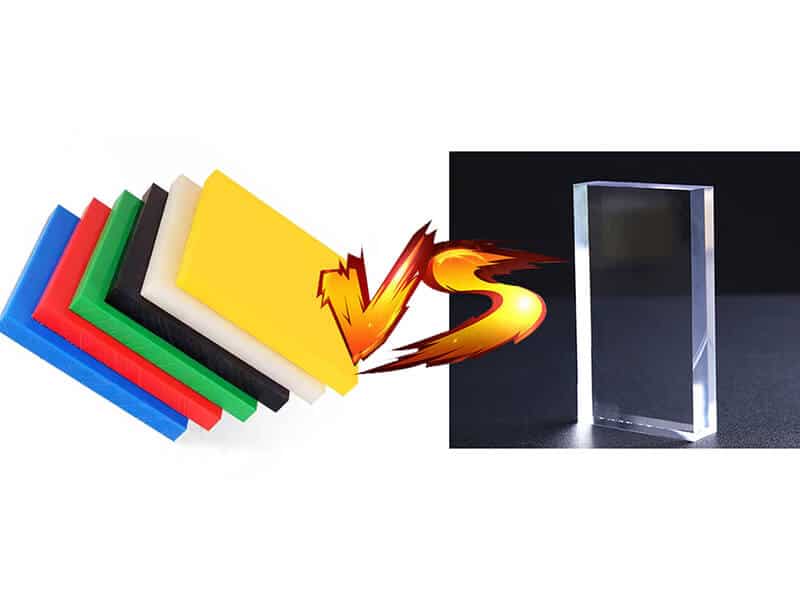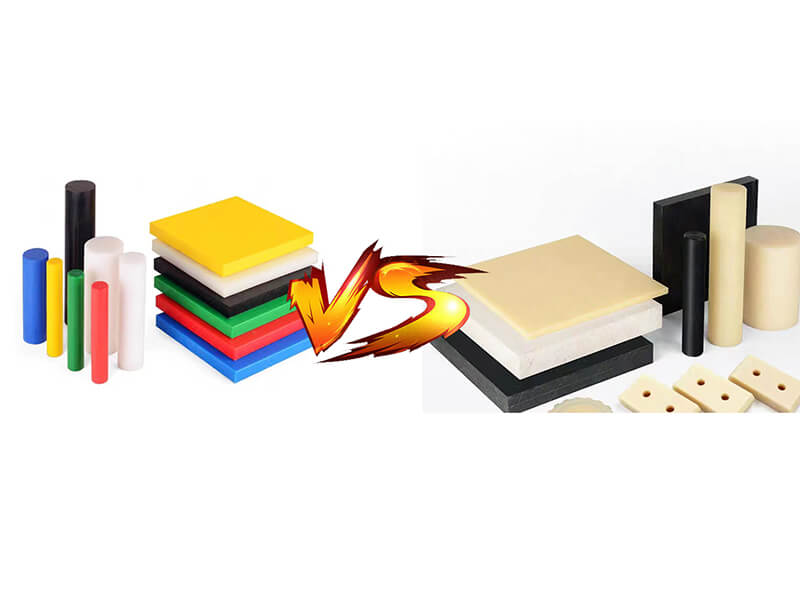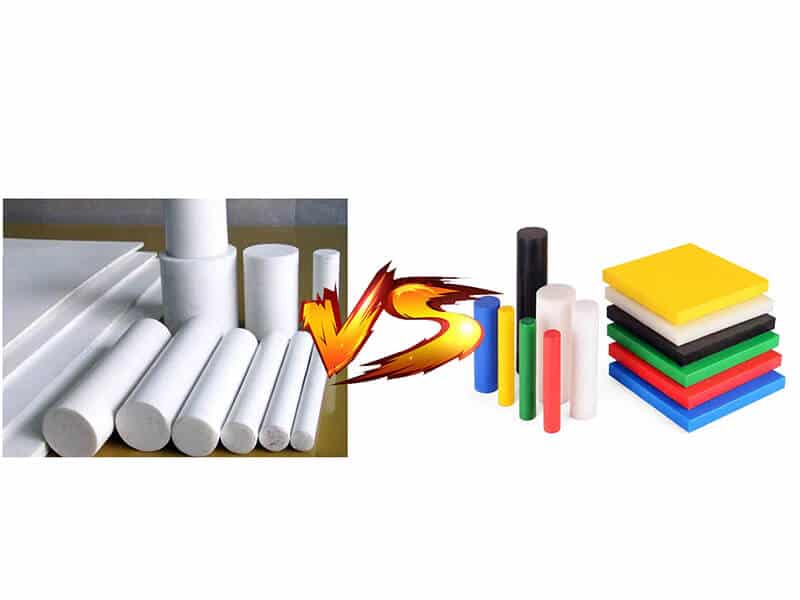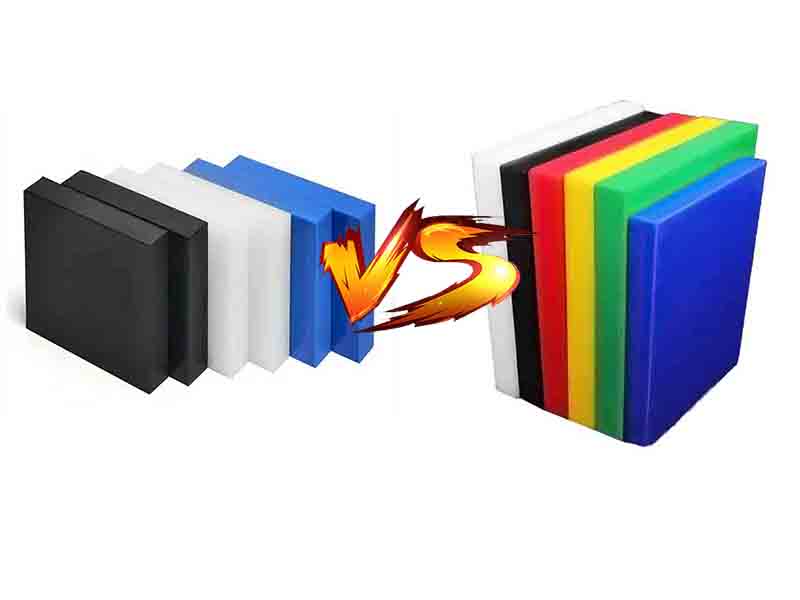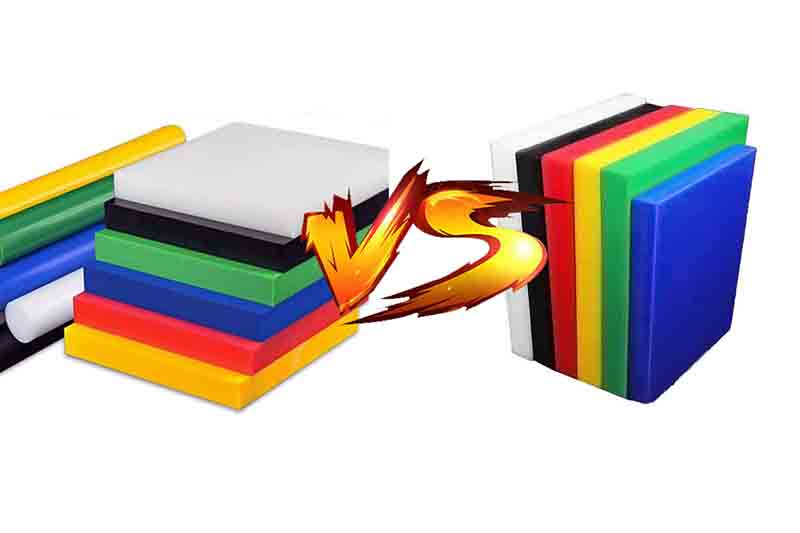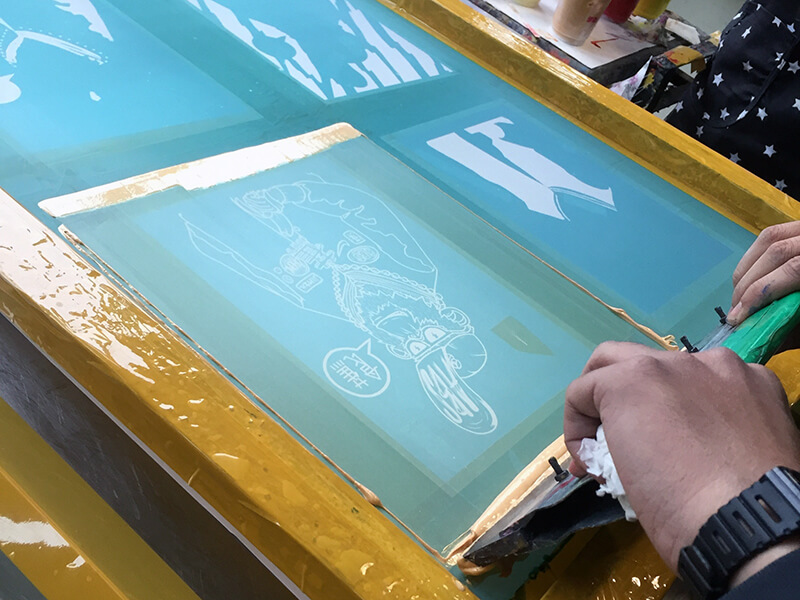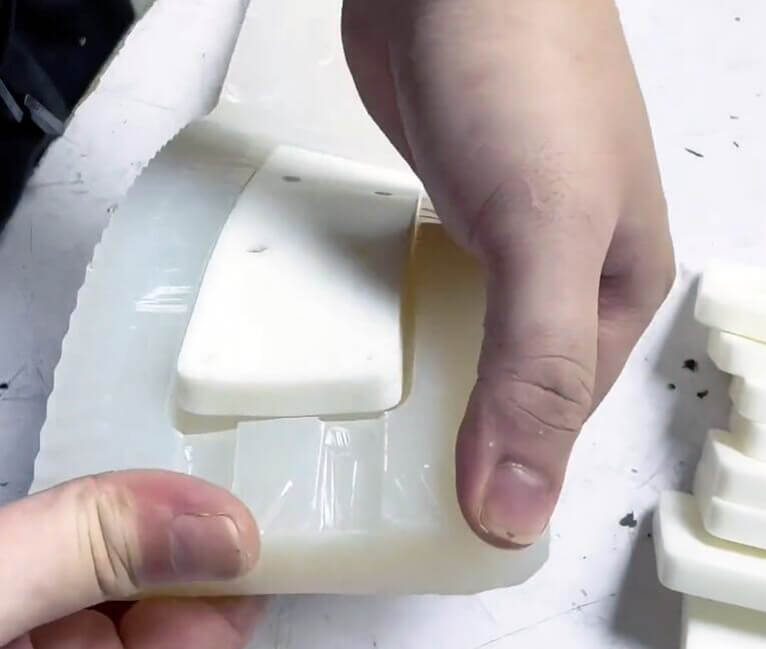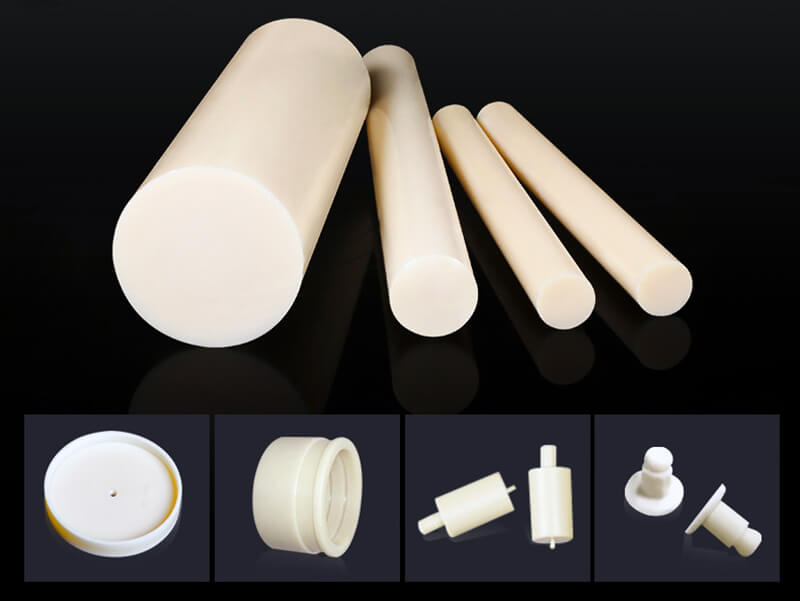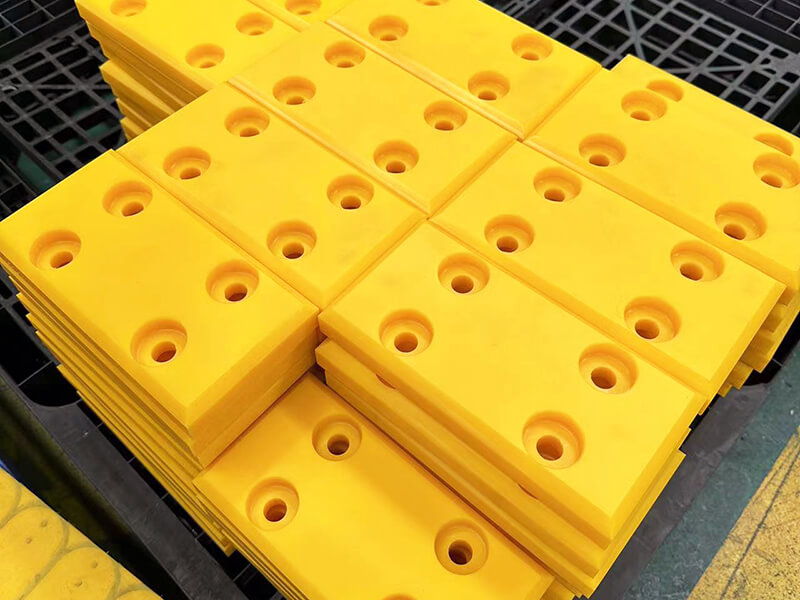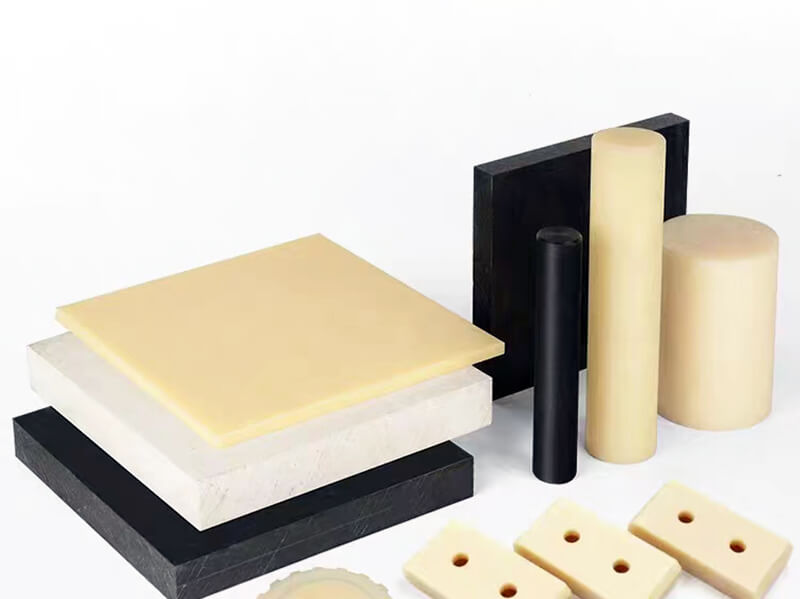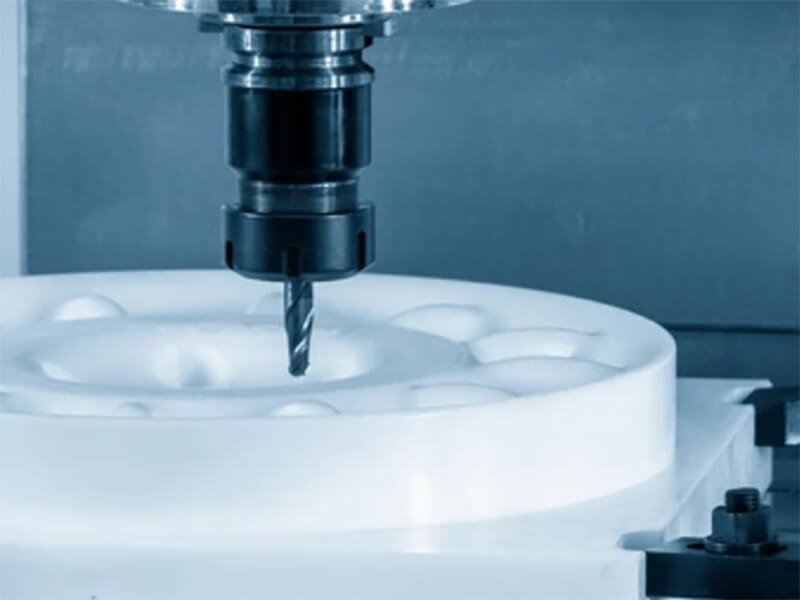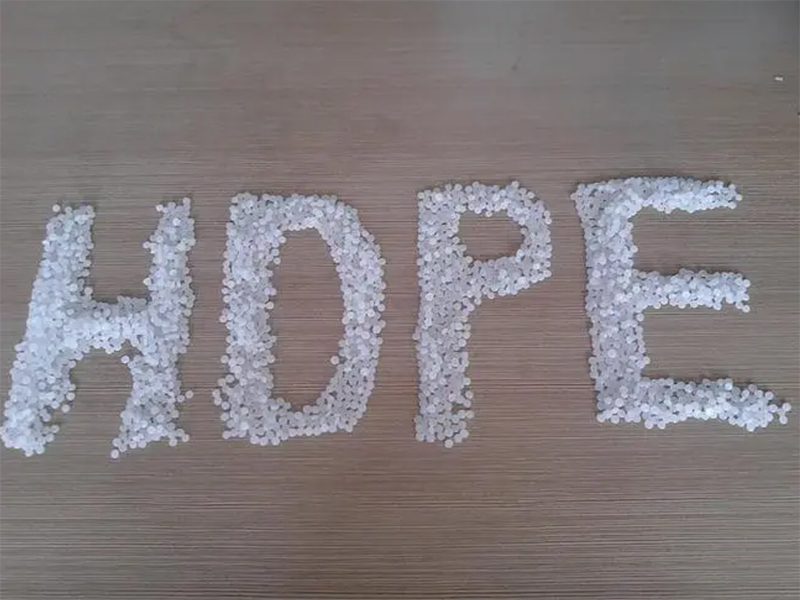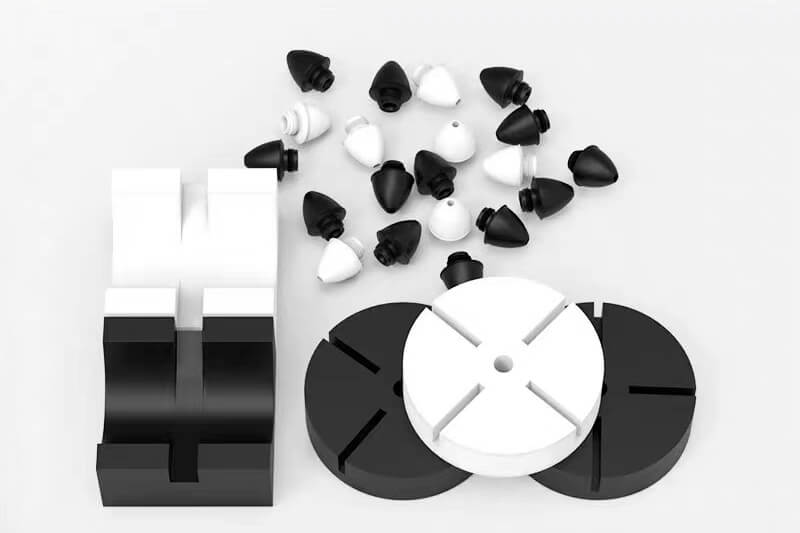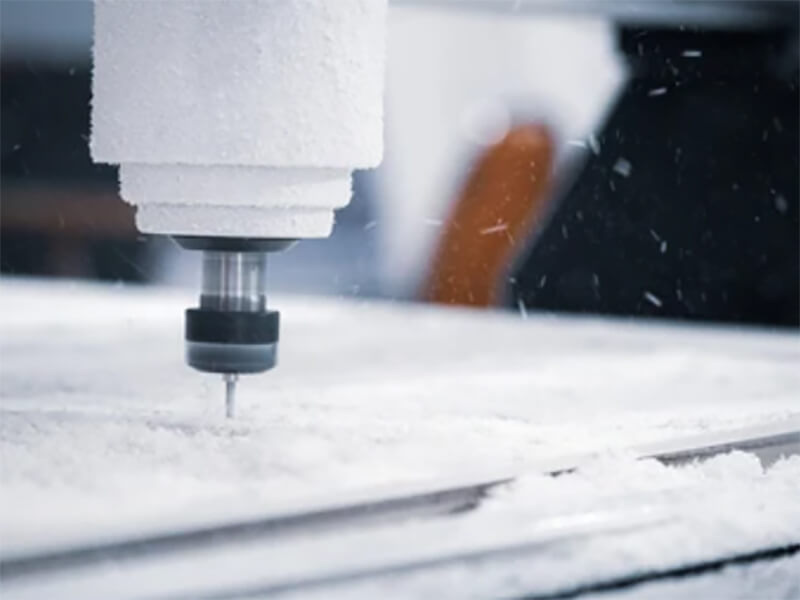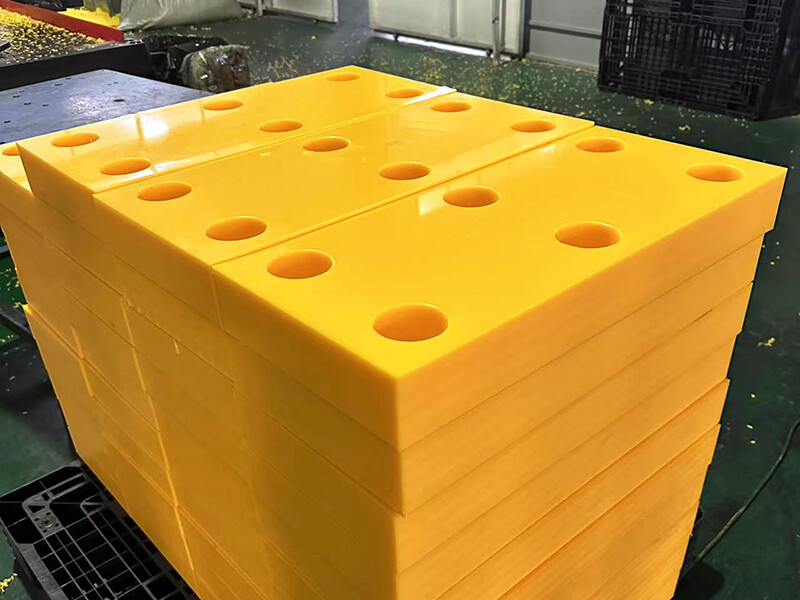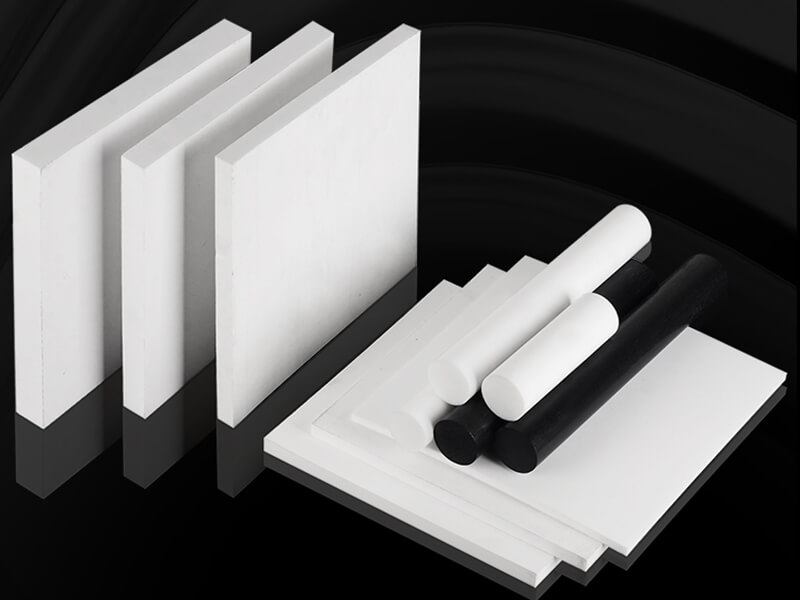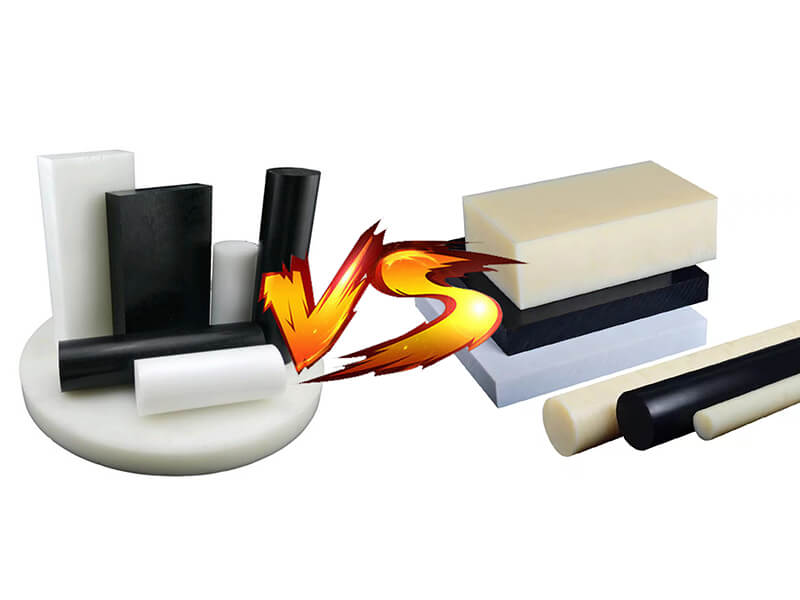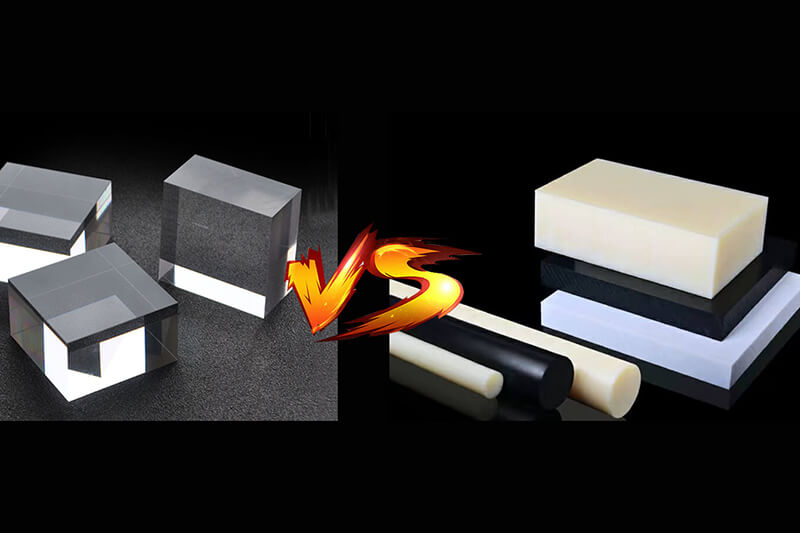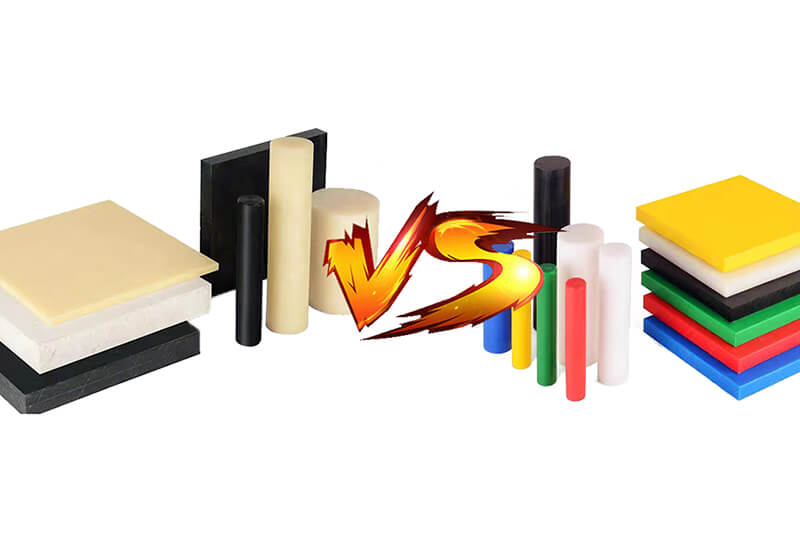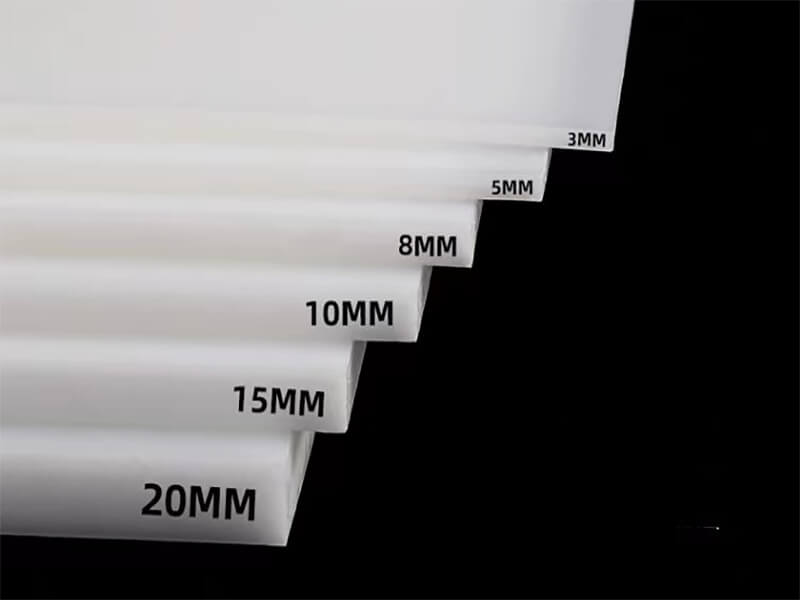FDA Plastic for Food Contact: A Comprehensive Guide
Explore safe plastics for food storage and packaging with FDA certification. Learn which materials meet rigorous standards for your peace of mind.
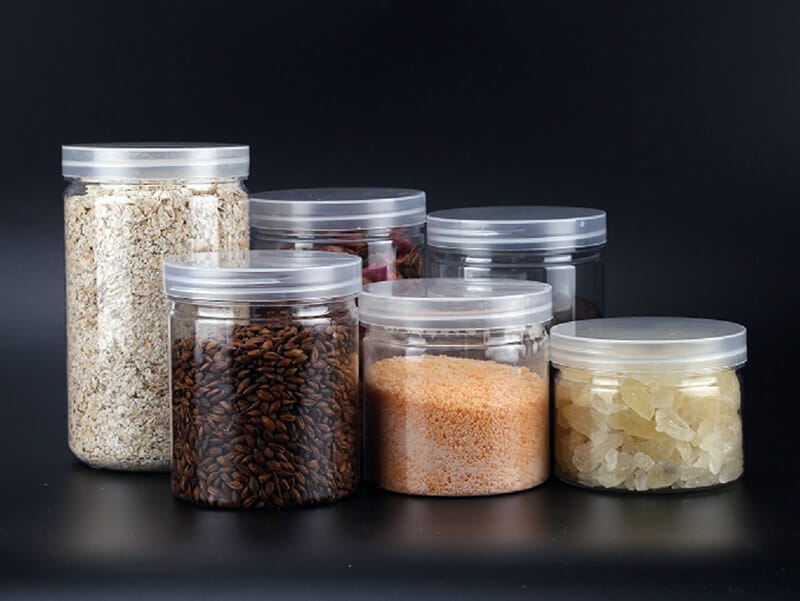
The FDA or Food and Drug Administration, is a government organization that ensures food safety. Since there are many different types of food industries and food-related items are invented regularly, the FDA tests and approves them in case they are safe for us.
For food packaging and storage for a longer period, using plastic is the most inexpensive and easiest way. That’s why plastics are often used, and the FDA has approved some of the types of plastics suited for food contact. Let’s get to know all about them.
Understanding the FDA Regulations
The FDA has rules and regulations to make sure the foods we consume are safe. They keep the food quality in check by applying the regulations and testing the food and other materials related to food handling. Here are some of the regulatory features of the FDA related to food safety and food contact plastics:
Food Contact Substance
When manufacturers launch a new food-contact product, they must submit the data on the food-contact substance or material to the FDA for testing and checking. It must be done before the vendor starts selling those products to the general public.
Labeling
Every food must be labeled with information about what type of food it is or its name. Also, the plastics used in packaging must be labeled to say what grade of plastic they are or their type.
Food inspections
Food and plastics must always be inspected before packaging, and some batches must be checked after packaging is done.
Food and Color Additives
Before being used publicly, the food-contact plastic and the color used should be checked and tested by the FDA for final approval.
Threshold of Regulation
There is a certain level of contamination that doesn’t harm any living being. That level is called the threshold of regulation.
Adhesives and Coatings
The adhesives and coatings used in the plastics for food-contact usage must be tested and get approval from the FDA to know if they are safe for food.
Hazard Analysis
Before using any food-contact plastic for public use, they must do a lifecycle analysis and hazard analysis for possible problems.
Recycling
Plastics used for food contact should be recyclable to reduce environmental impacts.
Types of FDA Plastic
On the market, you can find several types of FDA-approved plastic items. The most common types are:
High-Density Polyethylene (HDPE)
Among all food-grade plastics, the most common type you see every day is HDPE or high-density polyethylene. This type of plastic is mainly used for making containers, bottles, and thick food storage.
Low-Density Polyethylene (LDPE)
Just like HDPE, LDPE, or low-density polyethylene, is made with the polymer polyethylene. But just like the name suggests, the density of LDPE is low, which makes this plastic suitable to easily bend. On the market, you will find LDPE in squeezable bottles, food wraps, etc., and it’s super safe for storing food at any temperature.
Polyethylene Terephthalate (PET or PETE)
Polyethylene Terephthalate plastic products most often have the symbol “PET” on them. This plastic type doesn’t corrode easily and repels microorganisms. You’ll usually see PET products in soda bottles, food containers, and packaging.
Polycarbonate (PC)
Polycarbonate is usually used for making bottles. This plastic type has BPA, or bisphenol A, which can be dangerous to public health. However, the FDA researched and concluded that the BPA leaching from polycarbonate is too low and can’t affect people physically. That’s why PC is now used as food-grade bottles, but as extra precautions, PC is banned from making baby feeding bottles.
Polypropylene (PP)
Polypropylene plastic is used when making reusable or single-serve containers like yogurt cups, plastic glasses, and noodles cups. This plastic type is microwave-safe and also safe for food.
Food Packaging Applications of Plastic
Plastics can be used in many different types of packaging applications. Let’s see how they are used and why they are necessary.
Packaging Applications
Some of the common plastic food packaging applications are:
Bottles
Plastic bottles are usually used for liquids and beverages like water, juices, and milk.
Containers
Plastic containers are mainly used for storing solid food items in airtight space. These containers can be of various shapes and sizes.
Blister Packaging
Blister packaging is used to seal a small item. It’s mainly used to seal each medical pill or food pill separately so that they don’t get damaged when picking one item from the batch.
Bubble Wraps
Plastic bubble wrap is usually used when large food items need to be handled and shipped safely.
Shrink Wraps
Shrink wraps are usually used to wrap warm foods for short deliveries to keep the food tamper-proof.
Plastic Bags
In grocery and retail shopping for food items, you’ll often find plastic bags provided since they’re available, inexpensive, and food-grade.
Why do they need to be food-grade?
There are several reasons why food-grade plastic is a must for food contact. The main reasons are to ensure the quality and safety of the packaged or stored food. Some plastics can react chemically when in contact with certain foods, and the foods can get contaminated. Also, the color of the plastic container can leach into the food in some cases.
Moreover, some plastics can emit an odor that affects the quality and taste of the food item inside. For all these reasons, food-grade plastics need to be used in packaging meals. It also boosts the confidence of customers to use those packaging materials without any worry.
Conclusion
There are many other types of food-contact plastics with a wide range of applications. However, not all of them are popular, as there are always concerns about chemical contamination. No matter what type of food-grade plastic you use often, research its kind and how it should be handled for the safest plastic usage.
UVTECO is an expert in food-grade plastic in China; if you are looking for a supplier of FDA plastic, contact us to get professional advice for your project.
Related Blogs

Looking for a trustworthy Supplier
Need a Trustworthy Supplier of Plastic, Foam, Sponge, Rubber, Metal, and Machining Solution. Click the Button, We Will Be In Touch With You As Quickly As Possible.
